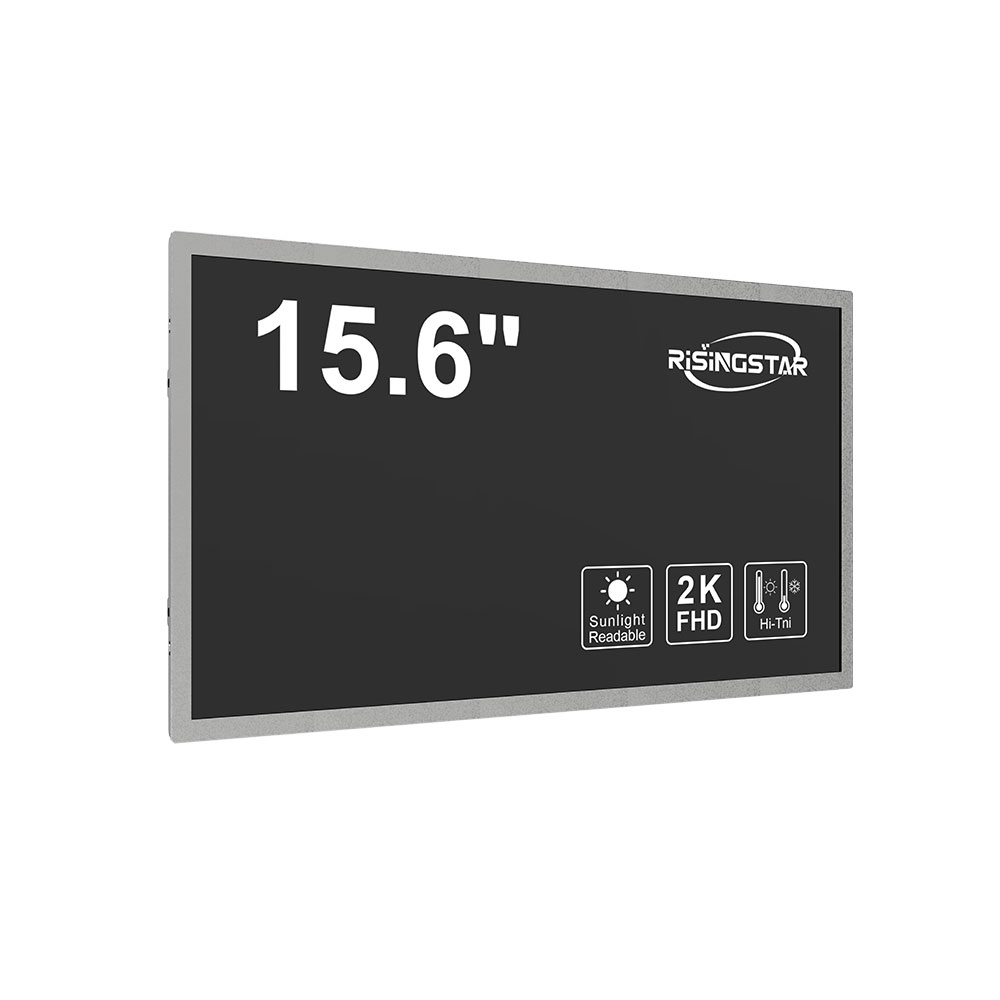
Declaración de privacidad: Su privacidad es muy importante para nosotros. Nuestra empresa promete no divulgar su información personal a ninguna empresa externa sin su permiso explícito.
High-brightness sunlight-readable LCD displays are a critical component in modern industrial, military, aerospace, and outdoor consumer electronics applications where visibility under direct sunlight is non-negotiable. These screens typically exceed 5,000 nits of brightness—far surpassing standard indoor LCDs that range from 250 to 500 nits—ensuring clear readability even in full daylight conditions. The technology relies on advanced backlighting (such as LED arrays with diffusers), high-transmission polarizers, anti-reflective coatings, and optimized liquid crystal materials that maintain contrast and color accuracy under extreme lighting.
Practical applications include aviation head-up displays (HUDs) in fighter jets, ruggedized handheld devices used by field engineers, vehicle dashboards in off-road and construction machinery, and public kiosks in urban environments. For example, the U.S. Army’s Future Vertical Lift (FVL) program integrates sunlight-readable displays into cockpit systems to improve pilot situational awareness during daylight combat operations. Similarly, companies like Garmin and Caterpillar use these displays in GPS navigation units and heavy equipment interfaces, respectively, where durability and visibility are paramount.
The advantages of such displays go beyond just brightness. They offer superior contrast ratios (often over 1000:1), wide viewing angles (up to 178°), and resistance to temperature extremes (-30°C to +70°C). Some models also support touch functionality with glove compatibility—a must in cold-weather or hazardous environments. Moreover, power efficiency has improved significantly due to adaptive brightness control algorithms that reduce consumption when ambient light is low, making them suitable for battery-powered devices.
However, common problems persist. One frequent issue is thermal management—high brightness leads to heat buildup, potentially shortening lifespan if not properly dissipated. Another challenge lies in achieving consistent color accuracy across all environmental conditions; some manufacturers struggle with chromatic drift at high temperatures or under UV exposure. Additionally, cost remains a barrier for mass-market adoption, especially in consumer electronics, where premium pricing can deter entry-level buyers.

Latest trends show a move toward hybrid technologies: integrating OLEDs with reflective modes (like e-paper) for ultra-low-power operation during standby, and using AI-driven ambient light sensors to dynamically adjust luminance without manual calibration. Research from the University of Cambridge and industry leaders like Sharp and LG Display is exploring quantum dot-enhanced LCDs to boost color gamut while maintaining high brightness. Furthermore, MIL-STD-810 and IP67 certifications are becoming baseline requirements for any display intended for harsh environments, ensuring reliability under vibration, dust, water ingress, and shock.
In summary, high-brightness sunlight-readable LCDs are no longer niche—they’re essential for mission-critical systems and increasingly vital in commercial outdoor applications. As manufacturing scales and innovation accelerates, these displays will continue to evolve, offering better performance, lower power draw, and smarter integration with emerging technologies like AR/VR and IoT.
Enviar correo electrónico a este proveedor

Declaración de privacidad: Su privacidad es muy importante para nosotros. Nuestra empresa promete no divulgar su información personal a ninguna empresa externa sin su permiso explícito.